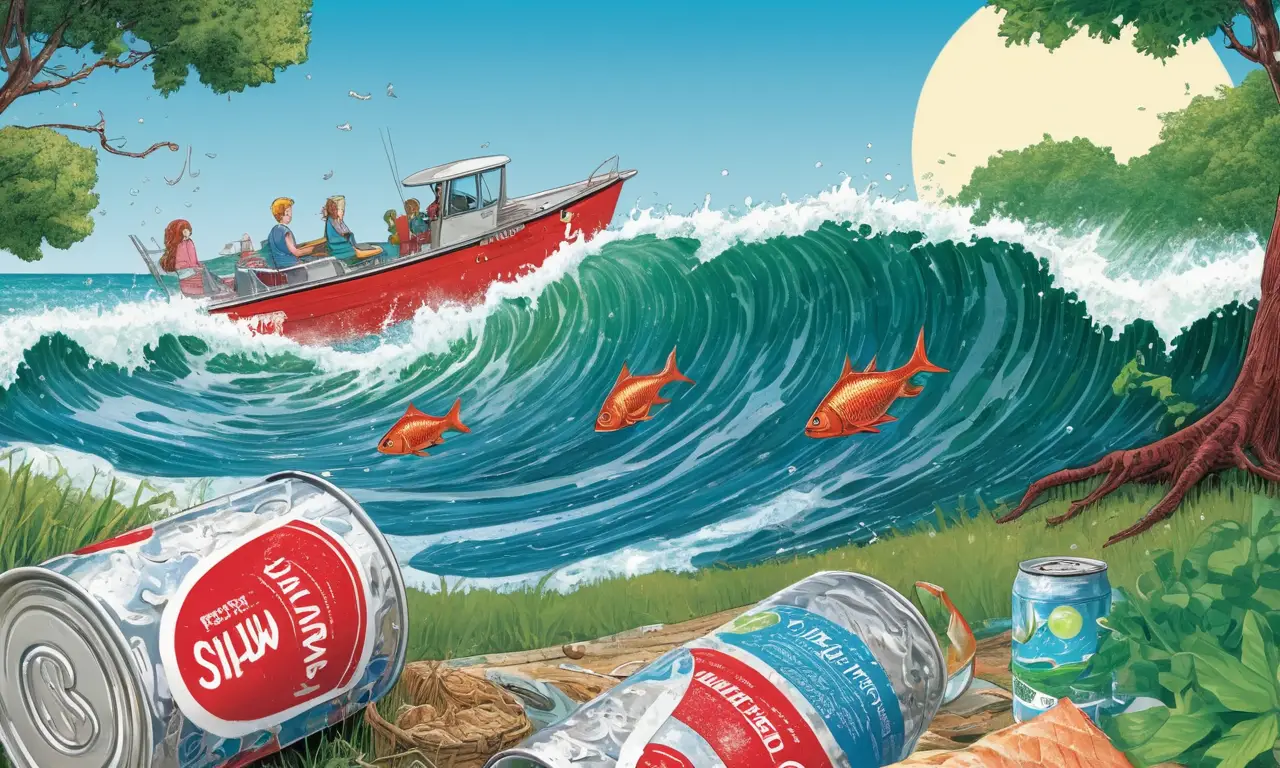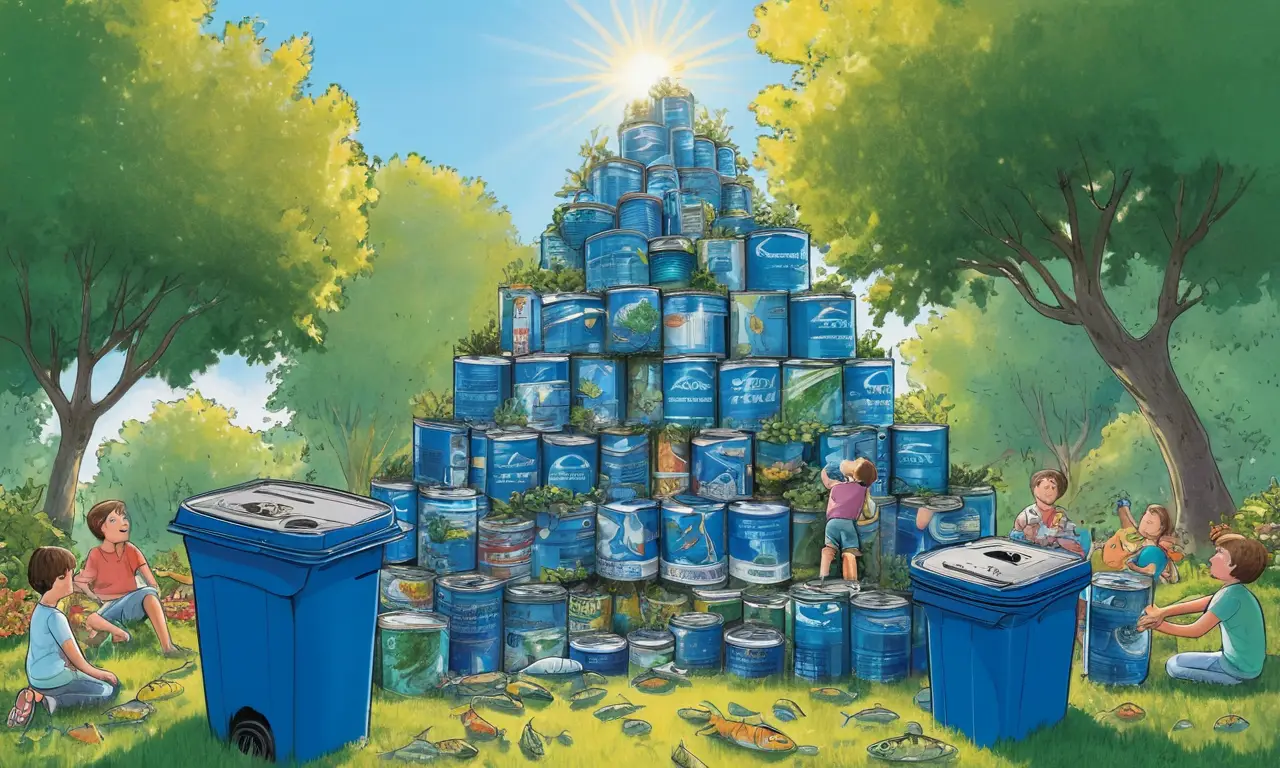
Tuna is a popular and convenient seafood choice enjoyed by millions worldwide. However, the ubiquitous tuna cans that house this delicious protein often end up in landfills, contributing to environmental pollution. Fortunately, there’s a simple solution: recycling! By understanding how to properly recycle tuna cans, you can significantly reduce your environmental footprint and contribute to a more sustainable future.
This article will delve into the benefits of recycling tuna cans, explore their material composition, provide clear guidelines for proper disposal, and highlight the positive environmental impact of this eco-friendly practice. By following these steps, you can ensure that your used tuna cans are given a second life, minimizing waste and maximizing resource conservation.
Benefits of Recycling Tuna Cans
Recycling tuna cans offers numerous advantages for both individuals and the planet.
Firstly, recycling conserves valuable natural resources. Steel production requires significant amounts of energy and raw materials like iron ore. By recycling steel from used cans, we reduce the need to extract these resources, lessening the strain on our planet’s finite reserves. Secondly, recycling helps to minimize landfill waste. Landfills are overflowing with discarded materials, contributing to soil and water contamination. Recycling tuna cans diverts them from landfills, reducing the amount of waste that ends up in these environmentally harmful sites.
Furthermore, recycling steel generates significant energy savings. The process of producing new steel from raw materials requires a substantial amount of energy compared to recycling existing steel. By choosing to recycle, you contribute to reducing greenhouse gas emissions and mitigating climate change.
Tuna Can Material Composition

Tuna cans are primarily made from tin-plated steel, a durable material that effectively protects the tuna during storage and transportation.
The outer layer of the can is typically composed of thin sheets of steel coated with a protective layer of tin. This tin coating prevents corrosion and ensures the safe containment of the tuna inside. The lining of the can may also contain other materials like epoxy resins to further enhance its barrier properties and prevent leakage.
Recycling Guidelines for Tuna Cans
Recycling tuna cans is a straightforward process that involves a few simple steps.
First, ensure that the can is empty and clean. Rinse out any remaining food residue and remove the label if possible. Then, flatten the can to save space and make it easier to transport. Finally, place the flattened can in your designated recycling bin according to your local guidelines. It’s important to check with your local recycling program for specific instructions as regulations may vary depending on your location.
Environmental Impact of Recycling

Recycling tuna cans has a profound positive impact on the environment.
By diverting steel from landfills, we conserve valuable natural resources and reduce the need for new mining operations, which can have detrimental effects on ecosystems and wildlife habitats. Furthermore, recycling steel significantly reduces greenhouse gas emissions compared to producing new steel from raw materials. This contributes to mitigating climate change and protecting our planet’s atmosphere.
Conclusion
Recycling tuna cans is a simple yet powerful action that can make a significant difference for the environment. By understanding the benefits of recycling, following proper guidelines, and making conscious choices, we can all contribute to a more sustainable future. Remember, every recycled tuna can represents a step towards reducing waste, conserving resources, and protecting our planet for generations to come.
